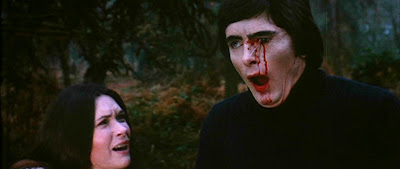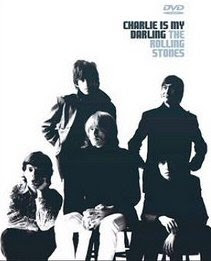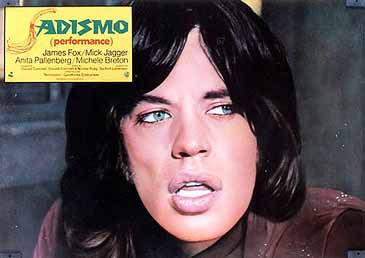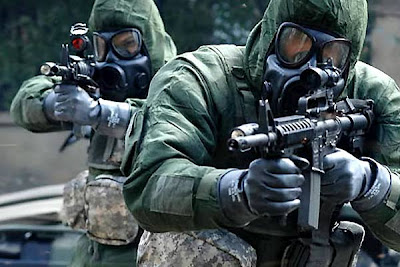TASTE THE BLOOD OF DRACULA (1969)
Anti-father and Anti-Christ: Christopher Lee and Linda Hayden on the cover of Little Shoppe of Horrors #4 (April 1978). Cast primarily as seductresses and nymphets, Hayden is one of a handful of British actresses who can look back on a genuinely dizzying career in film and television.
Anti-father and Anti-Christ: Christopher Lee and Linda Hayden on the cover of Little Shoppe of Horrors #4 (April 1978). Cast primarily as seductresses and nymphets, Hayden is one of a handful of British actresses who can look back on a genuinely dizzying career in film and television.
TASTE THE BLOOD OF DRACULA - directed by Peter Sasdy - was one of Hammer’s most troubled productions. There were accusations of script plagiarism from Freddie Francis’ son Kevin - who had handed in a rejected treatment entitled DRACULA’S FEAST OF BLOOD - a drama which indirectly lead to Anthony Hinds relinquishing his directorship of the studio. When an already disillusioned Christopher Lee insisted on a percentage of the American gross to appear again in his signature role, Hammer took the unimaginable step of replacing him with Ralph Bates. But by the time Warner Bros-Seven Arts reminded the studio that co-finance was on the condition that Lee played the Count, the actor’s late u-turn caused Dracula to be a supporting character in his own movie.
Hargood (Geoffrey Keen), Paxton (Peter Sallis) and Secker (John Carson) are three Victorian gentlemen whose charitable work in the East End is, in reality, a front for illicit thrills. At a brothel run by the effeminate Felix (Russell Hunter), Hargood has his prostitute taken from him by the contemptuous Courtley (Bates), who is known to dabble in the black arts. Courtley takes the three men to visit Weller (Roy Kinnear), who sells them the clasp, signet ring, cloak and powdered blood of Dracula. In a deconsecrated church, Courtley mixes his own blood with the powder in a ceremony to summon the Prince of Darkness, but his new-found colleagues refuse to drink the concoction; as the Acolyte chokes on the blood, the three men panic and beat him to death. During the night, Dracula is reborn, vowing to destroy those who have killed his servant by the mesmeric manipulation of the men’s previously obedient children.
Christopher Lee’s fourth outing as The Count for Hammer followed on directly from the actor’s stint in Jess Franco’s EL CONDE DRACULA.
Enveloped by one of James Bernard’s strongest scores, TASTE THE BLOOD OF DRACULA hints at the brutality and breasts to come in Hammer’s twilight years and, despite its troubles, is a film that skilfully unravels the hypocrisy of Victorian society as well as adhering to the progressive anti-establishment ethos of the times. Dracula may be pushed to the sidelines, but with the character acting as an omnipresent puppet master, his presence becomes no less imposing, acting as a Charles Manson-like catalyst for the “liberated” youths. In fact, the highlight of the film is the metamorphosis of Alice Hargood (Hayden) and Lucy Paxton (Isla Blair) from prissy little rich girls to vulpine harlots; in a particularly powerful sequence, the suitably loathsome Hargood - alluring to incestuous desires - drunkenly prepares to beat his daughter for her forbidden alliance with a male suitor. Confronting Alice in her bedroom and brandishing a riding crop, Alice’s escape into the arms of The Count is one of relief, and, having telepathically issued her instructions, recedes into the darkness as Alice hits her father with a shovel, twinkling with impish glee. Hayden uses her innocent face to ironic effect as Dracula’s main complicit in the ensuing retribution. And on a more trivial note, look out for Madeline Smith as a young prostitute.



































